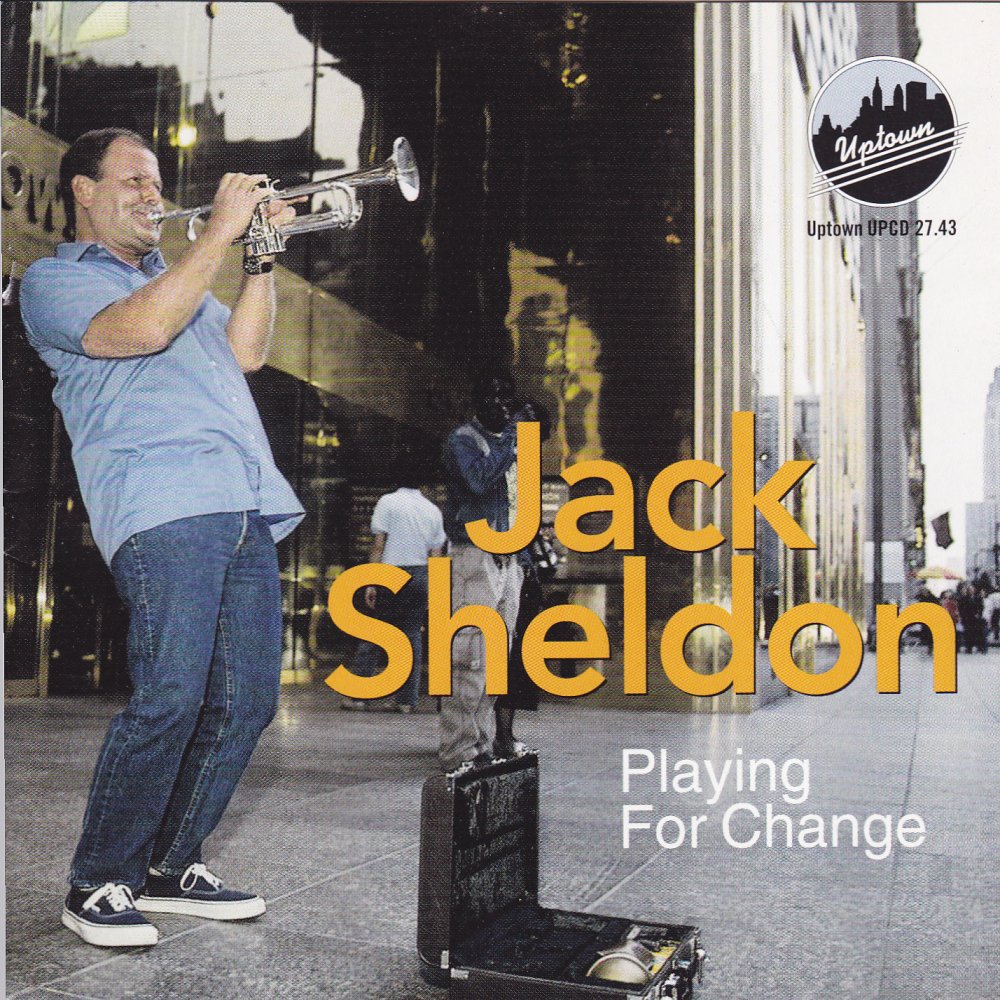

Barry harris method pdf license#
Inside you'll also meet the lawyer Peter Carter-Ruck, whose Rolls Royce sported the license plate L1BEL Daniel Coxeter, the mathematician who ascribed his longevity to daily headstands and Ian Russell, the entrepreneurial duke of Bedford, who wrote in the visitors' book of a rival: "You should come to Woburn. Building a future on the past: archaeology and the construction of national identity in Ireland, in Díaz-Andreu, M. ĭon't forget to check out this literature. Learn in all keys: Play through cycle of fourth, at first. (as I'm barely scratching the surface here, with only the most obvious ones.)ĭiscard the paper: Learn the two pages by heart! in the end, you'll realize they're the same old thing!Ĭhromatics: The chromaticism in the pickups can be changed to suit your taste/style. I'm sure you could come up with many different interesting pickups. Practice Phase 1 separately from Phase 2: Then practice them together. See how far up (and/or down) the fretboard you can go with the same line.Īnalyze and Investigate: How many passing notes are present in the line and why? Can you invent some variations on this line?Įtude: Once each line is memorized individually, play the entire thing, front to back as an etude. I wrote down only basic starting points here. Octave: You can start most lines at different octaves on the guitar. It becomes easier to "ingrain" lines in working in this fashion you may always fix your fingerings later. But, whatever you do, stick to the same fingerings for a while. Test yourself: stop looking at the paper and play the line!įingerings: Use the suggested fingerings (in TABS) or come up with your own. Repetition: Repeat one line as much as you to need to memorize it. This is like "programming" the lines into your ears and fingers. Go very slow! Use a metronome and learn the lines at ridiculously slow speeds.
Barry harris method pdf pdf#
The Entire Exercise Sheet Music: Scales from different degrees using pickupsĭownload your "Barry Harris Half Step Practice Model" PDF Part three: Tips Practice suggestions Don't forget to read the practice suggestions! See below (and the video) for the complete set of exercises. I turned this (Original "Barry Harris Workshop" way): Placed on beat "one" (after the pickup)īasically, if you play them "my way" you'll get all the musical juice from the original Barry Harris Workshop exercises plus a few added bonuses. A picture is worth a thousands notes, so here's an example. Each scale degree is treated in two "phases" :.Each line starts with a pickup of three 8th-notes and.And yes: I even took the time to write my very own exercises (in mixolydian only) based on the whole approach. I've been working with the Barry Harris Workshop DVDs for years now. So, yes: I like the idea behind Barry's Half Step Practice Model very much. Part two: Implementation What am I doing different from Barry ? It always better to hear the master himself explain it to you! You have to own the Barry Harris Workshop DVD to really "get it" and understand how it works. One more example: starting on the 3rd ("E" note).

Notice how they fall on downbeats after the scale is "rebalanced" because of the presence (or absence) of passing tones. You can have either:Īs you can see, the arrows point to chord tones. Let use the "F" (the fourth degree) as an example in the same old, C7 mixolydian scale. So Barry found a solution to this musical problem. Let's say you wanted to start the scale on something other than the root, it wouldn't always work! Give it a try! However, the Barry Harris Workshop goes beyond this simple scale by using two more available passing-tones. It is most commonly referred to as "bebop scale" and only has ONE passing note between b7 and 1 (in this case, the "B natural" note).

The primary scale which is, by the way, a great starting point for most teachers (including yours truly). The three optional passing notes can be found between degree b7 and 3 (in a mixolydian scale). This simply means that we get chord-tones 1-3-5-7 on downbeats. The end result is the rhythmical alignment of "strong notes on strong beats" within the bar. In short, the model is a technique that adds 0, 1, 2 or 3 extra passing notes to regular scales. This concept stems from the bebop language. Barry Harris has a way of making scales "fit" into bar lines which he calls: Without going into too much detail (no spoiler alert here!). Part one: Learning the Model What is the "Practice Model" ?


 0 kommentar(er)
0 kommentar(er)
